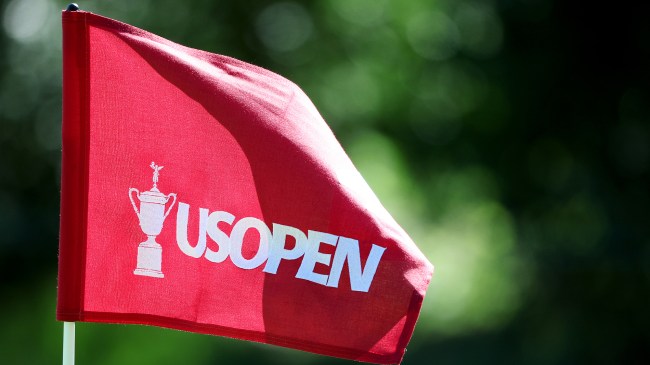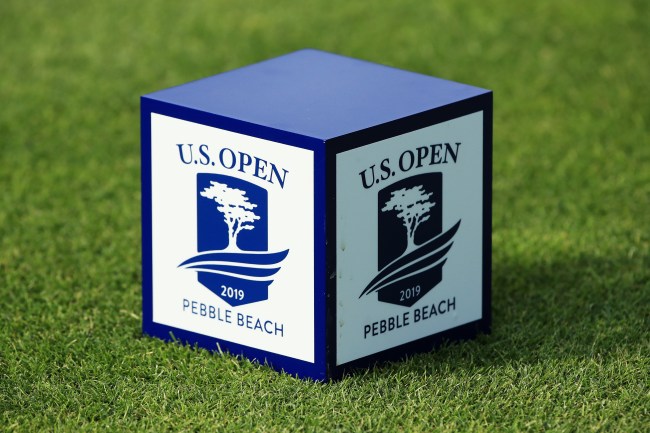
Getty Image
In 1895, 11 golfers (ten pros and a lone amateur) descended upon Newport Golf Club on the coast of Rhode Island to compete in the two-day tournament that saw Horace Rawlins emerge as the winner of the inaugural edition of what was dubbed the “U.S. Open.”
That annual contest would eventually become one of the sport’s four “majors,” a quartet that officially formed after The Masters was first hosted at Augusta National in 1934 to complete the line-up of the prestigious events that also includes the PGA Championship and the British Open (which is officially known as “The Open”).
Part of the reason The Masters is considered a “tradition unlike any other” is because it’s always been held at the same golf course, which differentiates it from the trio of majors that see players make the trek to different tracts on a yearly basis in the quest for one of the game’s most sought-after prizes.
In 2023, the U.S. Open descended upon Los Angeles Country Club, which marks the first time the wildly exclusive establishment has allowed a major to be played on its hallowed grounds since opening all the way back in 1897.
As a result, this will be the first time a number of golf fans (as well as some of the golfers competing in the U.S. Open) will get a glance at the 18 holes tucked into the heart of Beverly Hills (as things currently stand, LACC is slated to welcome the tournament back when 2039 rolls around).
Given the caliber of talent on the PGA Tour, it’s safe to assume the golfers participating will be able to figure out how to navigate the comparatively untrodden ground—although it’s not a stretch to think they’d be a bit more comfortable at some of the other courses that have a lengthier relationship with the U.S. Open.
Which golf courses have hosted the U.S. Open the most times?

Getty Image
Now that Los Angeles Country Club has gotten in on the action, a grand total of 54 courses have hosted the 123 iterations of the U.S. Open since it was first held in Newport (three of which are no longer in existence).
The event was primarily an East Coast affair for over the first few decades of its existence (although the tournament made a few stops in Chicago), but the USGA did begin to branch out a bit into the rest of the country in the wake of World War II (the West Coast was first welcomed into the fold when the U.S. Open headed to Riviera Country Club in 1948).
There are a number of iconic courses many golf fans associate with the U.S. Open, as legendary links like Pebble Beach (a six-time host), Winged Foot (also six), and Shinnecock (five) have been regulars in the rotation over its history.
However, no course has the bragging rights currently possessed by Oakmont Country Club in Pennsylvania, which has played host to the U.S. Open on nine different occasions since doing so for the first time in 1927.
Oakmont is already the holder of a few other U.S. Open records, as the course is home to the longest par-3 in the history of the tournament (the diabolical 300-yard 8th hole) in addition to its longest (684 yards) and shortest (474 yards) par-5s.
It’s also produced plenty of drama and historic moments over the years; Jack Nicklaus earned his first victory as a pro at Oakmont in 1962, Johnny Miller erased a six-stroke deficit in the final round to earn the trophy in 1973, and Angel Cabrera managed to emerge victorious in 2007 despite finishing a five over par thanks to the brutal conditions players were forced to grapple with.